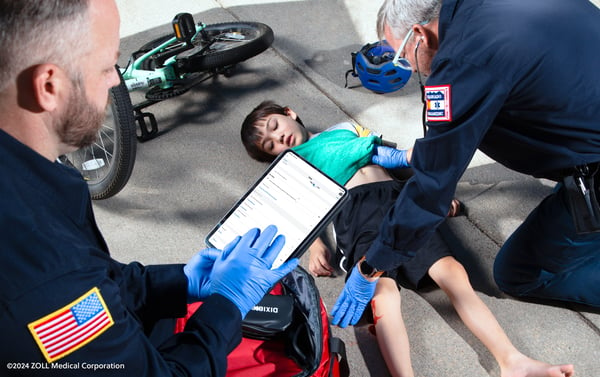Chart Smarter: Why One EMS Agency Ditched Paper for Mobile Tech
How to Create a New EMS Billing Department
If you are bringing your billing in house and have already selected your billing software vendor (Read How to Select a Billing Software Vendor), it's time to determine the number of full-time equivalent (FTE) employees you will need to complete billing and collection functions
Was this information valuable?

If you are bringing your billing in house and have already selected your billing software vendor (Read How to Select a Billing Software Vendor), it's time to determine the number of full-time equivalent (FTE) employees you will need to complete billing and collection functions. To calculate this staff number, consider key variables based on the skills of your staff such as the type of system you choose, the use of mobile data terminals (MDT), volume, payer mix and revenue expectations. Design a spreadsheet with different scenarios of these multiple variables to determine minimum and maximum staff sizes. In the ambulance services industry, the range of FTEs is as variable as one FTE for every 4,000 to 5,500 annual ambulance transports.
Make an Organizational Chart
After you calculate an approximate number of staff, develop an organizational table and billing flowchart. These critical tasks will be defined by how you delineate job responsibilities. If your volume is significant, you may need specifically designated individuals or units for pre-billing, billing and collection functions. Each individual job function must have defined productivity and quality standards that are objectively measured.
"One of the most costly mistakes new billing operations make is place emphasis on initial billing without a reciprocal effort on follow up and collection of denied and open claims."
Let the Hiring Begin
Now that you have the department’s functions explicitly documented, the hiring process should commence. Based on the size of your new department, you may need to hire one or more managerial level personnel. Typically, the ratio of line personnel to management should be 12:1.
When hiring a potential manager, it’s essential that the interviewer be familiar with technical billing issues. The manager should be hired first in order to assist with the subsequent selection of line personnel. If your organization doesn’t have expertise in ambulance billing, consider hiring a consultant who is proficient in this area to perform the hiring phase of the project.
Although the decision to perform billing in-house requires extensive planning and work, it can be accomplished quickly and successfully. The efficacy of the project is limited only by the failure to plan properly and be flexible. It can be an exciting process that allows all team players to be part of a profitable and controllable entity.
Related Posts
The End of Delayed Documentation
4 Must-have Data Points for Dispatch-Billing Alignment and Maximum Reimbursement
ZOLL Pulse Blog
Subscribe to our blog and receive quality content that makes your job as an EMS & fire, hospital, or AR professional easier.
ZOLL Pulse Blog
Subscribe to our blog and receive quality content that makes your job as an EMS, fire, hospital, or AR professional easier.




